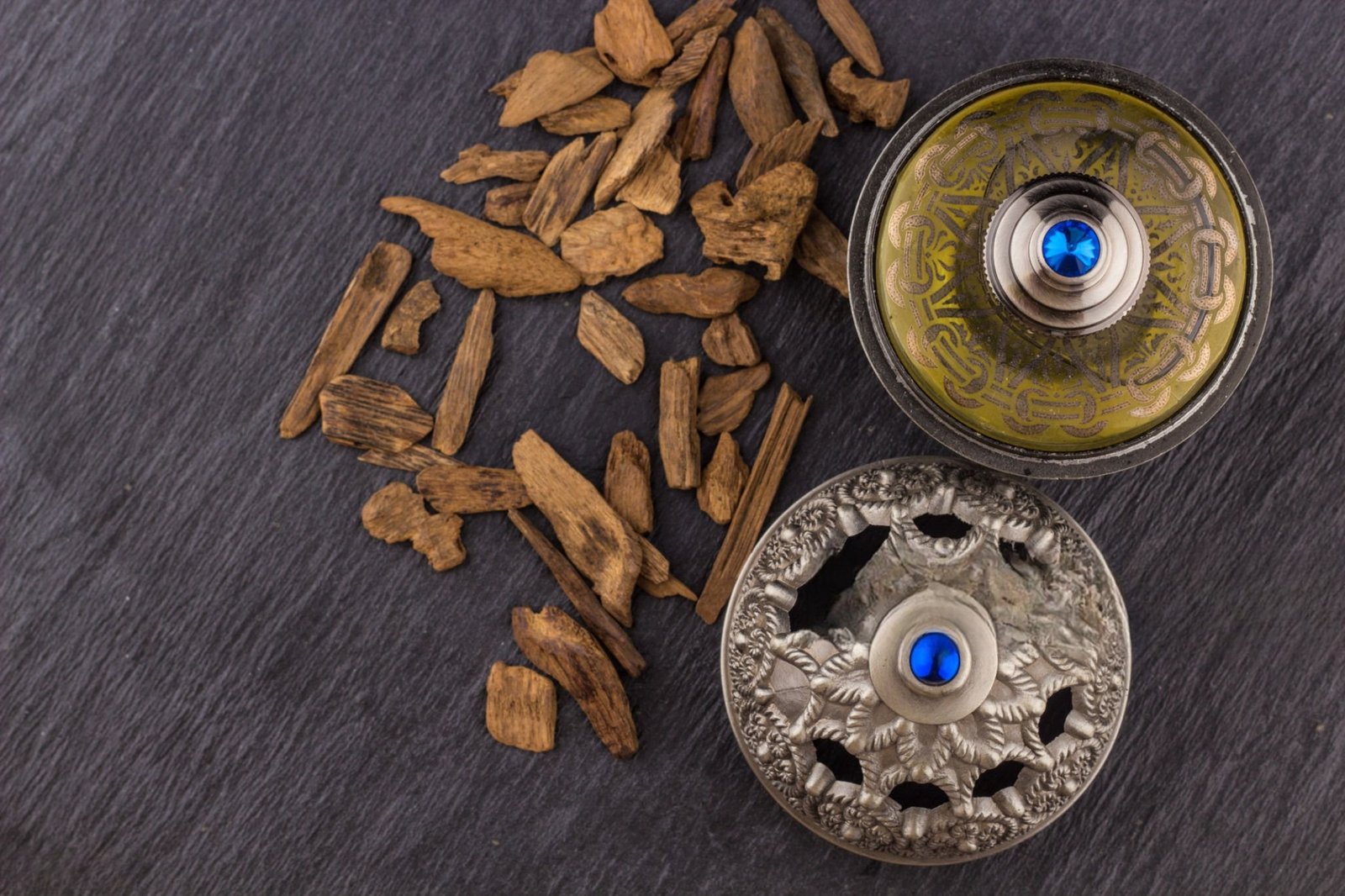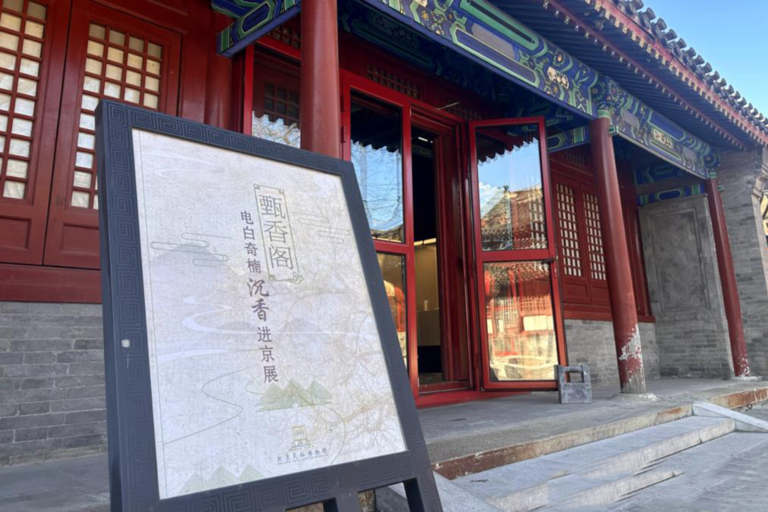I. Historical Origins: From Imperial Fragrance of the Sui and Tang Dynasties to the “Tribute Fragrance Market”
Dianbai Agarwood, a treasure among Chinese agarwood, has a history that can be traced back to the Sui and Tang dynasties, spanning over 1,500 years. According to records in the Maoming County Annals and Dianbai County Annals, traces of agarwood were already found in Dianbai during the Sui and Tang periods. By the Tang dynasty, due to its exceptional quality, Dianbai Agarwood was honored with the titles "Imperial Fragrance of the Dynasty" and "Tribute Fragrance of Dianbai," becoming an exclusive tribute for the royal family and nobility. During the Ming and Qing dynasties, with the opening of Shuidong Port, Dianbai Agarwood was traded around the Youdi Wharf of Shuidong Port, forming a large-scale "Tribute Fragrance Market." It was exported along the Maritime Silk Road to Guangzhou, Hong Kong, Southeast Asia, and even Europe, becoming a shining "Chinese name card" in international trade.
II. Natural Gift: The Unique Growth Code
Dianbai District is located in the southwestern part of Guangdong Province, southeast of Maoming City, south of the Tropic of Cancer. With its mountainous terrain facing the sea, warm and humid climate, and mineral-rich soil, it is an ideal natural habitat for agarwood trees. The average annual temperature here is 23°C, with annual precipitation exceeding 1,800 millimeters. This unique natural environment nurtures Dianbai Agarwood, known for its rich aroma and abundant resin.
The formation of agarwood is nothing short of a natural miracle—when an agarwood tree is injured by external forces such as lightning, typhoons, or insect infestations, it secretes resin to self-repair. Over decades or even centuries, the resin undergoes a transformation process catalyzed by fungi, eventually solidifying into precious agarwood. This process bestows Dianbai Agarwood with a unique “beauty of trauma,” making it the “gold” of fragrances.
III. Industrial Rise: Full-Chain Development from Cultivation to Culture
1. Large-Scale Cultivation: The Green Economy of 110,000 Mu of Agarwood Forests
Dianbai District currently has over 110,000 mu (approximately 7,333 hectares) of agarwood cultivation, primarily concentrated in core production areas such as Guanzhu Town and Shalang Town, accounting for over 60% of the national agarwood cultivation area. The district has a stock of over 30 million agarwood trees, with an annual harvest of 500 tons, solidifying its leading position in the national agarwood industry.
2. Full Industrial Chain Layout: Annual Output Value Exceeds 4 Billion Yuan
Currently, Dianbai has established a complete industrial chain encompassing "cultivation-harvesting-processing-sales," with diversified products including agarwood essential oil, incense sticks, handicrafts, and medicinal raw materials. The district is home to nearly 2,800 agarwood-related enterprises, with an annual output value exceeding 4 billion yuan, benefiting over 100,000 practitioners. Among these, Guanzhu Town is hailed as the "First Town of Chinese Agarwood," hosting 80% of the nation's agarwood processing enterprises.
3. Cultural Empowerment: From Museums to the International Stage
Dianbai District has deeply explored the cultural heritage of agarwood, constructing landmark projects such as the Agarwood Modern Agricultural Industrial Park, the Dianbai Agarwood Museum, and the Agarwood Cultural Street, systematically showcasing the history and craftsmanship of this millennial tribute fragrance. The annual "China Agarwood Culture Festival" attracts global merchants, promoting the Dianbai Agarwood brand worldwide. In 2023, Dianbai Agarwood was successfully selected as a "National Geographical Indication Protected Product," enhancing both its cultural and commercial value.
IV. The Uses of Agarwood: From Imperial Tribute to Modern Life
The “Noble of Fragrances” in History
In ancient times, Dianbai Agarwood was not only an essential item for royal ceremonies and literati gatherings but was also recorded in traditional Chinese medical texts as a precious medicinal material that “regulates the triple burners and harmonizes the five organs.” During the Ming and Qing dynasties, merchant ships from the “Tribute Fragrance Market” were laden with agarwood, and tales of its immense value continue to be told.
Contemporary Innovation and Transformation
Today, Dianbai Agarwood has broken through traditional boundaries:
- Health Sector: Development of agarwood essential oil, agarwood tea, and agarwood health products, focusing on calming the mind, aiding sleep, and antioxidant effects.
- Art Sector: Master carvers create Buddha statues and cultural artifacts from agarwood, with single pieces fetching millions at auctions.
- Fashion Sector: Collaborations with high-end brands to launch agarwood fragrances and skincare series, leading a new trend in Chinese fashion.
V. Conclusion: How Does the Flame of Agarwood Spread Far and Wide?
Dianbai Agarwood, carrying the cultural genes of a millennium, is rejuvenating through industrial upgrading and cultural revival. From a tribute fragrance of the Sui and Tang dynasties to a global brand, from ancient trees in deep mountains to a modern industrial chain, this land has written a legend of "turning wood into gold" with agarwood. In the future, with the advancement of the "Belt and Road" initiative, Dianbai Agarwood may once again set sail, allowing the world to experience the depth and longevity of Eastern fragrance



